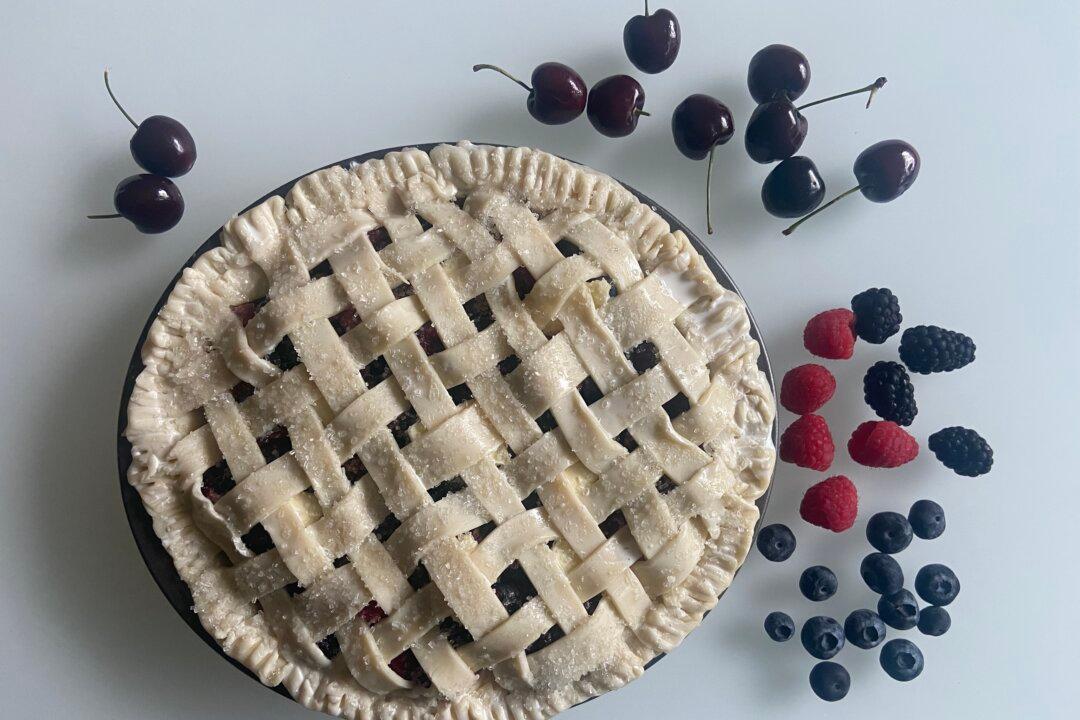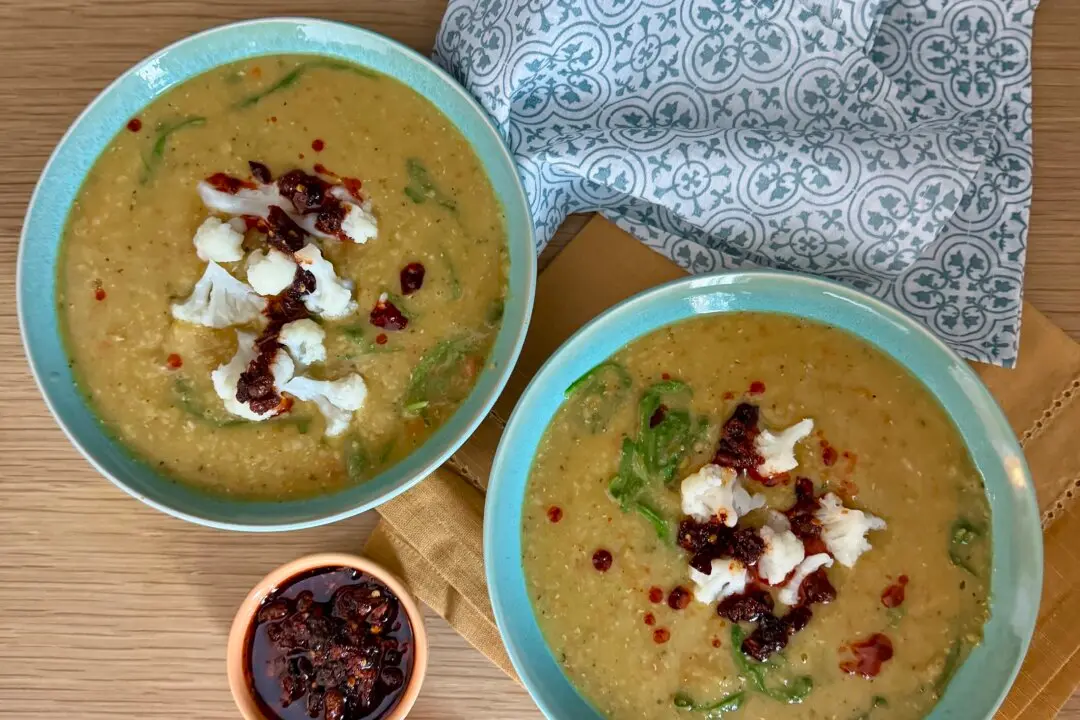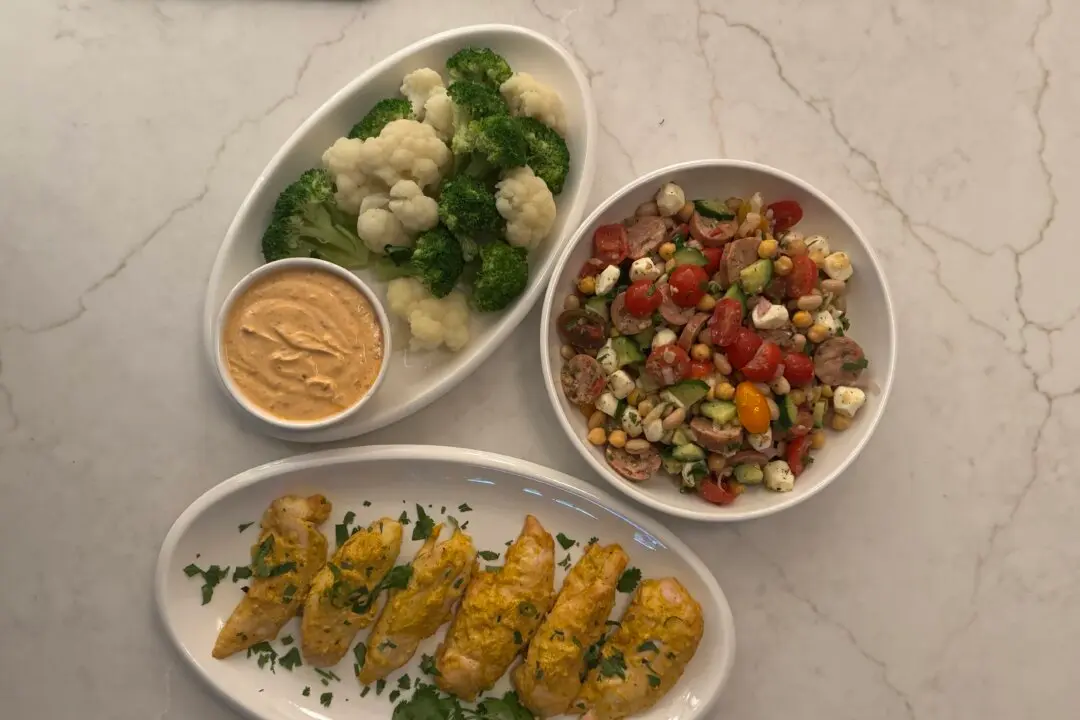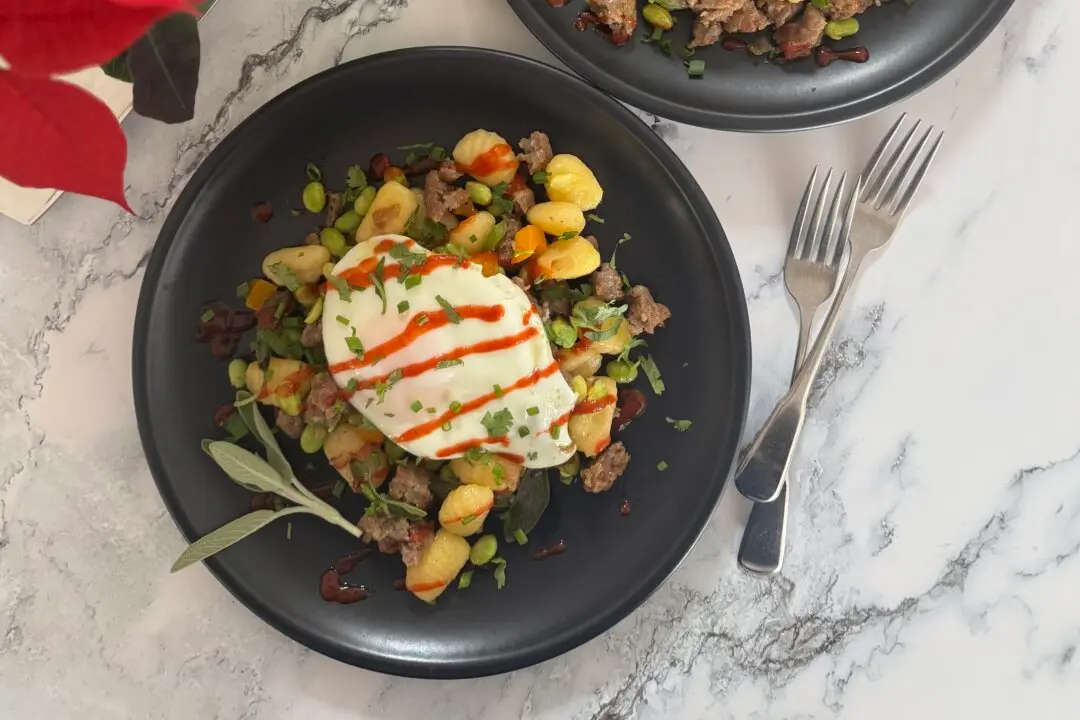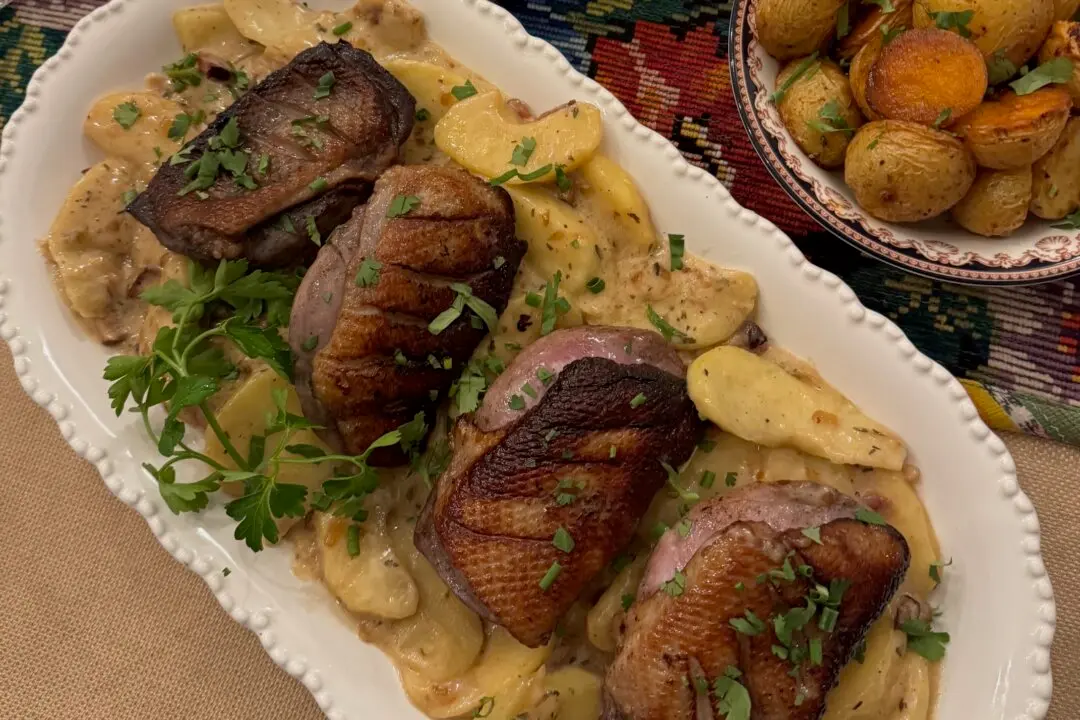Every year, our family spends a summer week or two in a cabin along the eastern shores of Lake Michigan. I’m not sure if we go more for the incredible sunsets or the fruit pies we enjoy afterward nearly every evening.
In preparation, I ensure our rental has a decent oven, pack my oversized rolling pin, a couple of pie pans, and a box of instant tapioca along with the beach towels. We hit the local farm stands for fruits as soon as we arrive.

